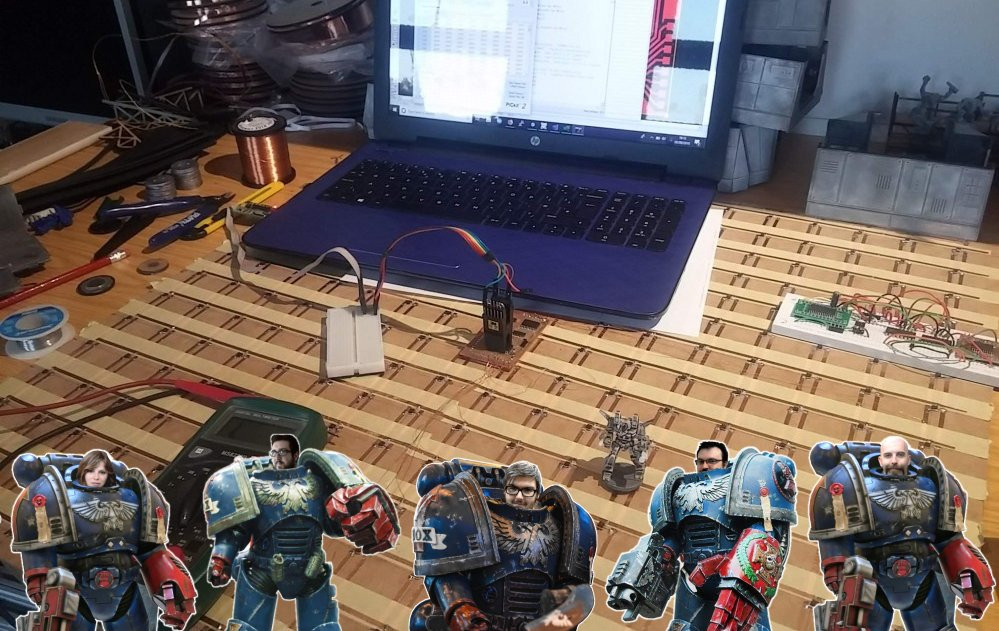
Interactive tabletop playing surface (Space Hulk Hobby Challenge)
Messing about with cameras
Yes, I know. The deadline is looming and there are plenty of other things that need to be getting done.
But hour after hour of debugging code can get pretty disheartening – especially when stuff you thought was working and put to bed suddenly breaks because you’ve tried to add in a couple more variables to make the code more “modular” and re-usable (object-oriented fans know what I’m talking about, right? Sometimes I think I should have written this in QBasic…)
Anyway, sometimes it’s nice to spend an hour and just make something that works. And can’t be broken, no matter how much extra code you throw at it.
Thanks to the way Unity uses a “main camera” it’s really easy to offer the player multiple viewpoints, without screwing up all your trigonometry (that actually makes the game work).
Better still, it doesn’t require any tricky matrix multiplication or translations (as would be necessary if you wanted to implement different points of view to your own sprite-positioning code). Just set a couple of values and let Unity take care of things for you.
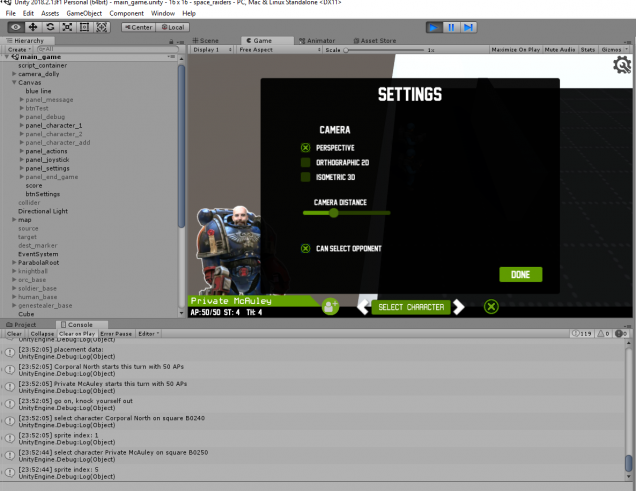 It's only a simple settings screen. But, thanks to feature creep, expect this to balloon in the coming days....
It's only a simple settings screen. But, thanks to feature creep, expect this to balloon in the coming days....A simple settings screen lets us choose between three main different types of camera. We’ve already seen the default “perspective” view. But there’s something quite comforting about going “old school” and drawing the sprites “flat” onto the screen. Like an old Nintendo or C64…
And for those of us who used to love games like Head over Heels and Gunfright on the old ZX Spectrum, there’s even a “fake” 3D isometric view too!
Hey, I know none of this actually improves the gameplay. But just right now, I need to claim a few simple victories, just to stay inspired 😉
That stupid looking block, right in front of the two main characters? Yeah, I spotted that too. It’s there for a reason. You see, unlike most tabletop games, because players can play this against each other remotely, there’s no need for them to see their opponents pieces, is there? So the big ugly brick wall is just an early test piece for line-of-sight and hidden movement….





























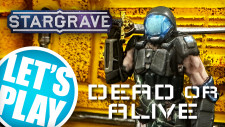

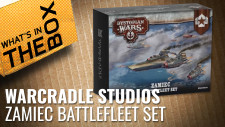









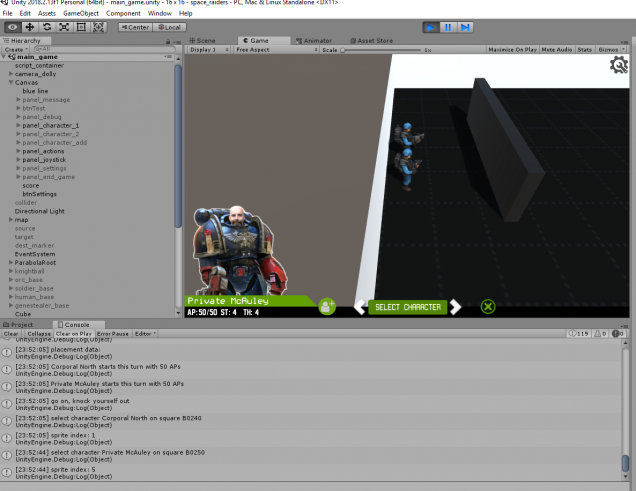
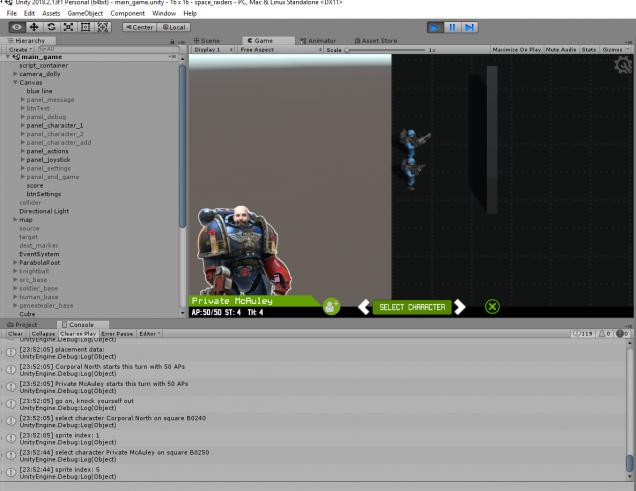
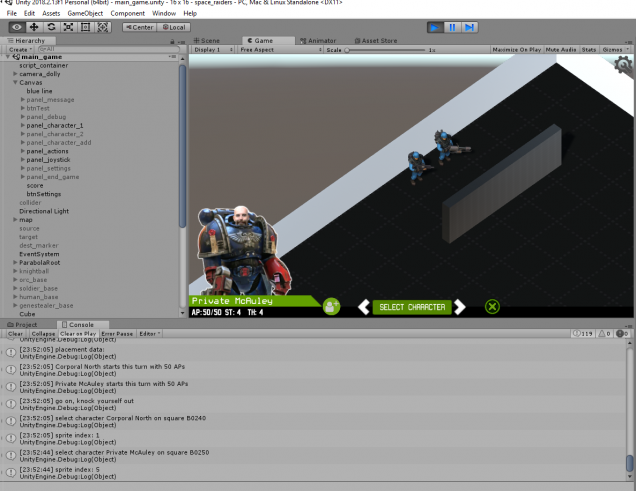


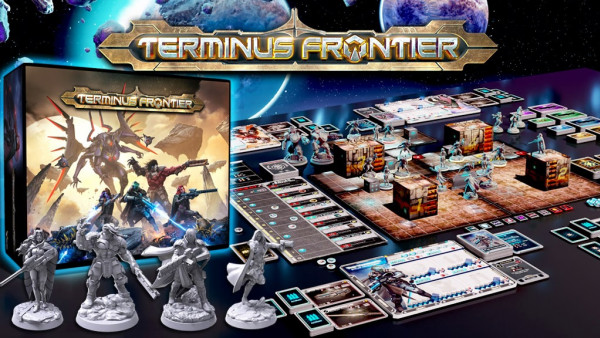

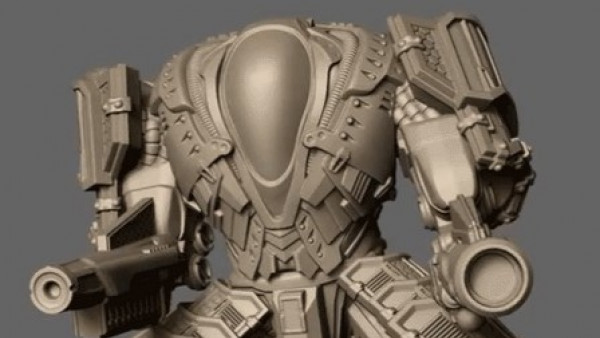


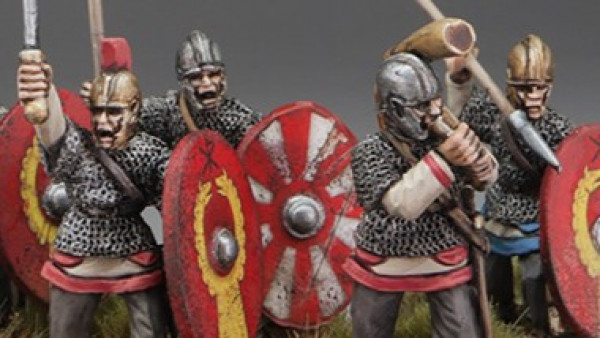



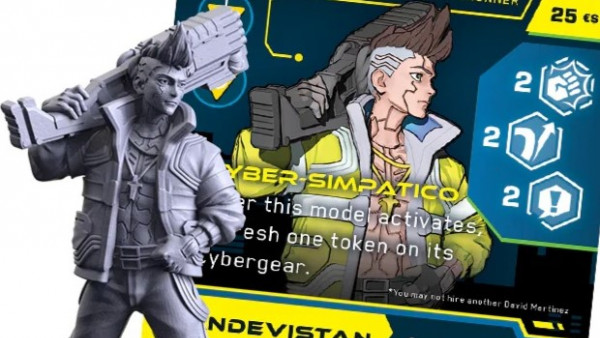
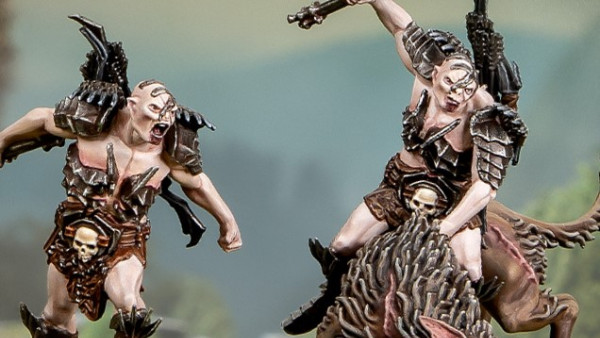
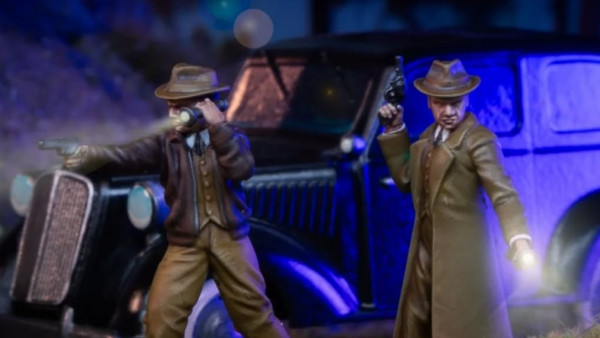


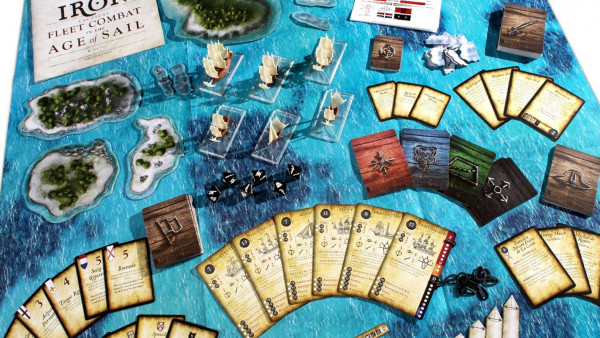
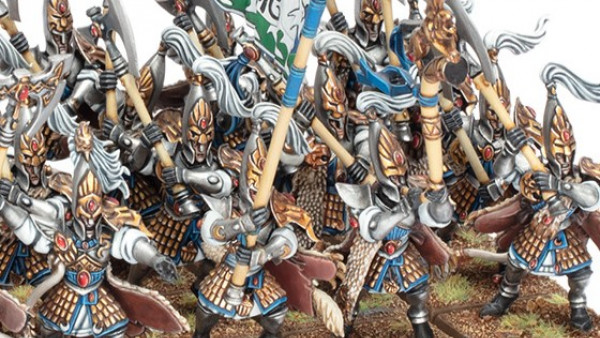
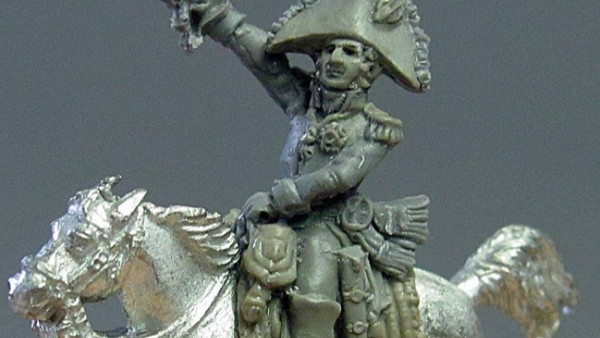
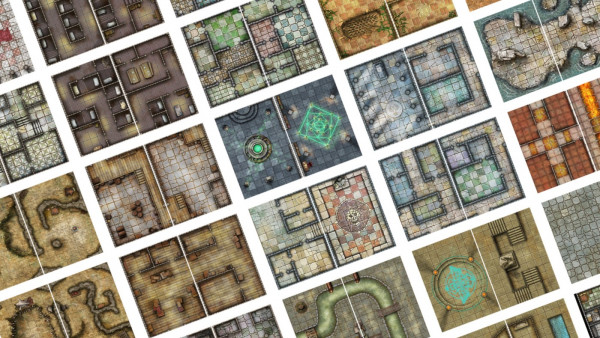
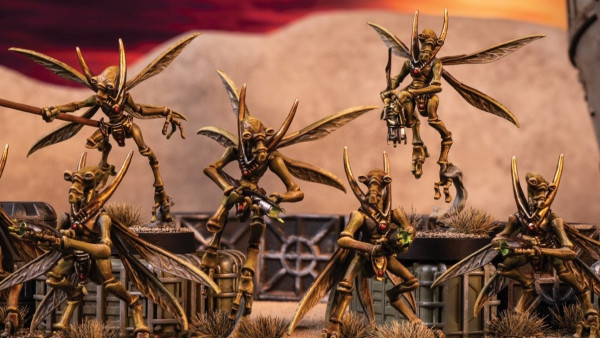

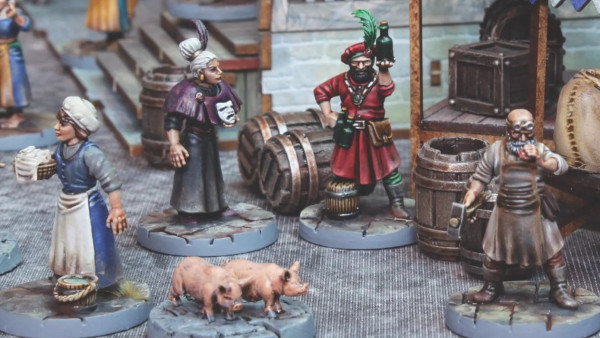


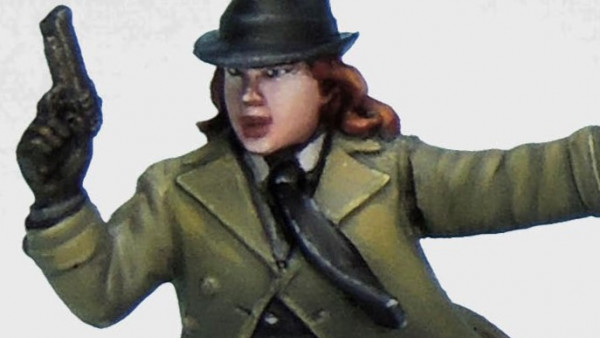
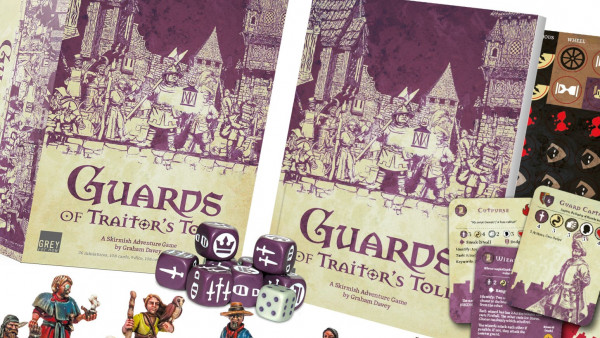
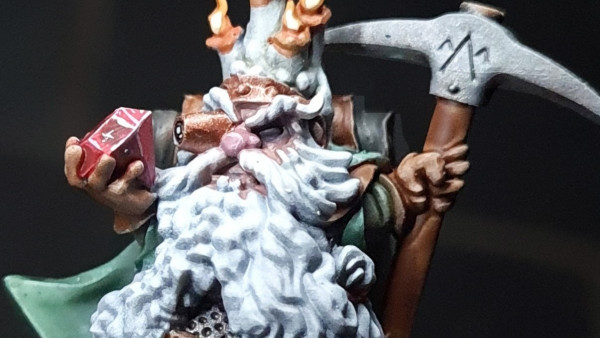

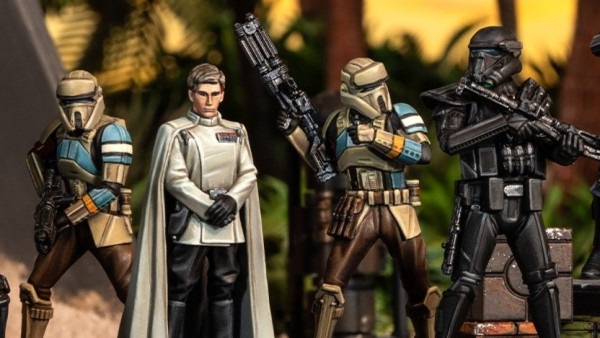
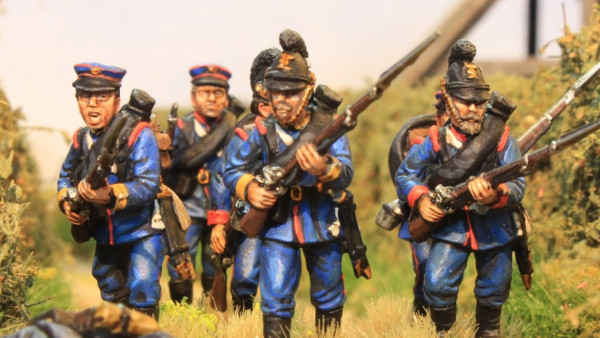

wiki
wiki
[url=https://www.wikipedia.org/]wiki[/url]